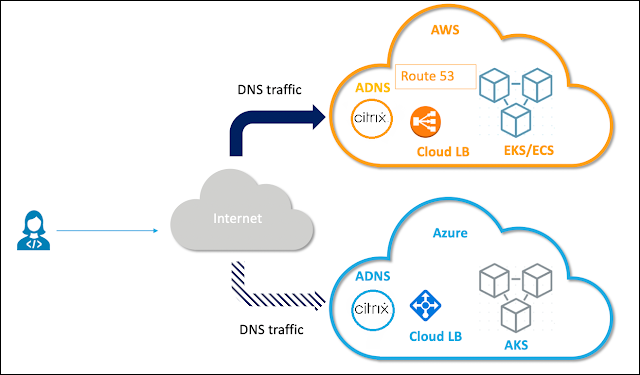All You Need to Know About Kubernetes Multi-Cluster Management

The journey of cloud computing came with the arrival of the virtual machine (VM). The cloud-native application takes a service-oriented approach, where applications are composed of independently operated services. In addition, stability and high availability are some of its fundamental features. To know the amazing highlights of Kubernetes multi-cluster management , take a deep sneak at these points given below: In Kubernetes, a multiple-cluster deployment acts as a bride to coordinate master nodes, known as federation. The Kubernetes cluster consists of a master node and a series of worker nodes that contains resources and Kubernetes elements to orchestrate container deployment. In addition, each cluster possesses its specific mission and manages its deployment. Kubernetes multi-cluster management is a great way to deploy and run applications on a large pool of resources. With its easy-to-use UI and out-of-the-box capabil...





